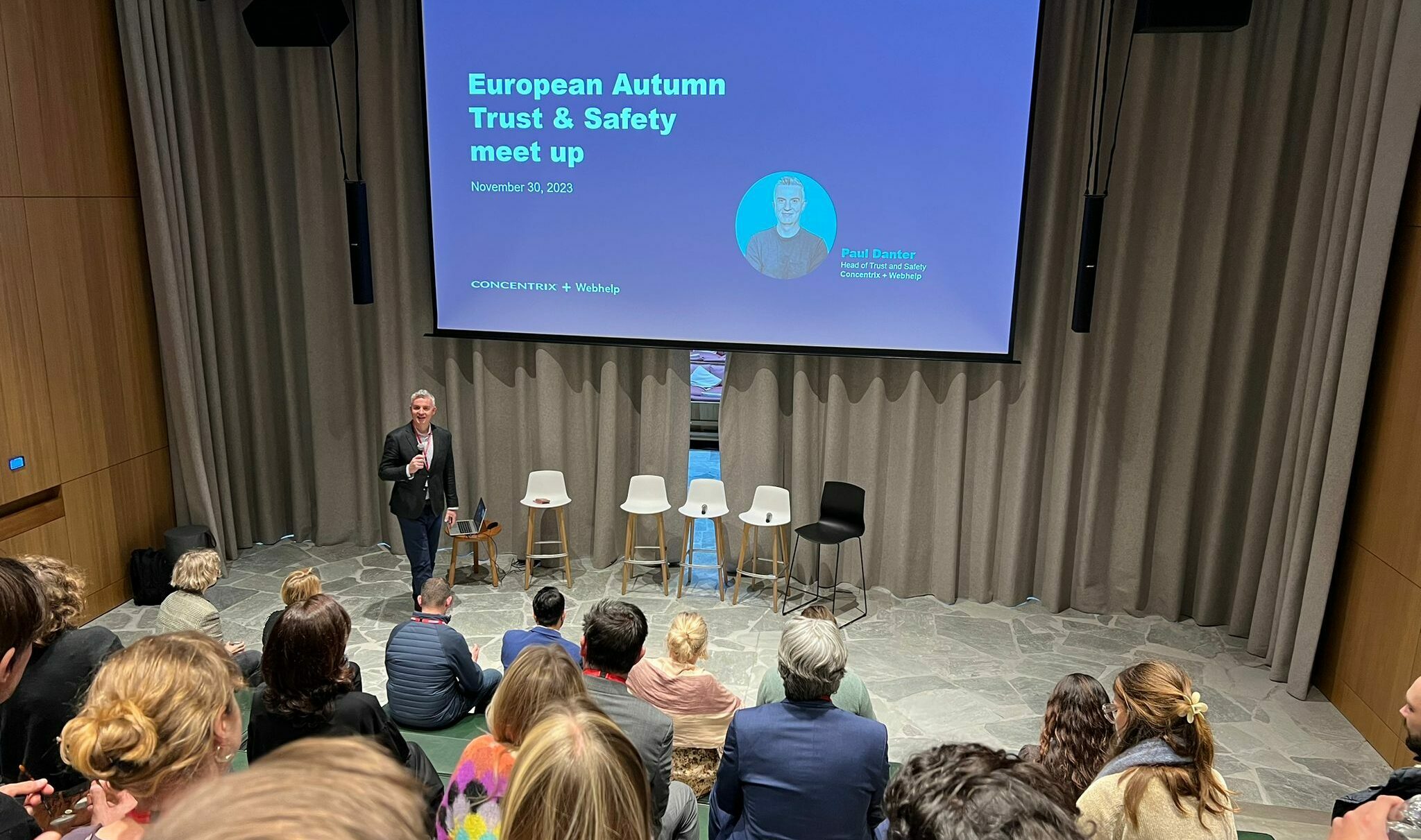
Personalisation. It’s a much talked about subject and one of the latest key concepts in retail marketing. So much so that the tendency is to think everyone knows what it means. But a recent survey conducted by leading global customer experience expert, Webhelp, revealed some surprising results that show this is definitely not the case.
A survey of 500 people across the UK revealed that how well people understand the concept of personalisation depends greatly on their age. Not a surprise? Perhaps it would be surprising to learn that it is the more mature section of the population that understands what personalisation is not younger people, who are generally assumed to be more tech-savvy than their elders.
Webhelp’s survey revealed that 63% of people aged between 45 and 64 understand that personalisation is about companies using information about them to tailor offers and products to their needs. In the over 65 age range the percentage of people who understand what personalisation means is 58%. Those figures drop to just 38% for people aged between 24 and 35.
The 25-34 age bracket is also the one with the least awareness of the topic, with 28% of those questioned saying they had never even heard of personalisation. Only 9% of 55-64 year-olds say they have never heard of personalisation.
But does it matter whether people have heard of personalisation or if they understand what it means? Does personalisation make any difference anyway? According to the Webhelp survey almost one third of the people questioned said they found it helpful to receive offers and communications from companies that are personalised to them. Interestingly, that figure rises to 36% for 25-34 year olds and 44% for 18-24 year olds.
Significant proportions of the population are keen to receive personalised communications from businesses, but do these communications make a difference? Only 30% of people surveyed said they were not influenced by them, which would suggest that 70% of people are. And among the 18-24 year olds only 21% said they were not influenced by these types of communications.
David Turner, CEO of Webhelp UK, said: “There is clearly a tremendous opportunity here for companies to do more to connect with their customers in the way that works for those customers. For many companies their efforts to date have more than likely followed a one size fits all approach, but clearly more effort needs to be made to take the age of customers into account. What is working for the over 45s is clearly not working for the under 35s.
“If you look at the 25-34 age group, there is a low level of awareness among this group about personalisation and what it means. 52% of people in this age group have never heard of personalisation or don’t know what it means, but 36% of them said they found it helpful to receive offers and communications from companies that were targeted specifically to them.
“Perhaps companies are not getting the channel mix right. It might not be the content of the communications that is the problem so much as the means of delivery. An omni-channel approach to personalisation is becoming more and more important. Different age groups tend to consume information through different channels and this is likely to be the biggest reason for the huge variations seen across age groups in this survey.
“Customer experience needs to work for all the customers of a business, not just one specific age group. At Webhelp we work with a number of leading businesses and bring our data analytics and insight capabilities to the party to ensure our clients really understand their customers and how they like to be communicated with. We make sure our clients don’t waste their breath shouting in space.”
To view the full survey report, click here

![[Fashion] Choosing the right partners to grow your business in 2024, at a time when trust is fragile](https://media.webhelp.com/wp-content/uploads/2023/12/21090253/Office-Showcase-2.png)


